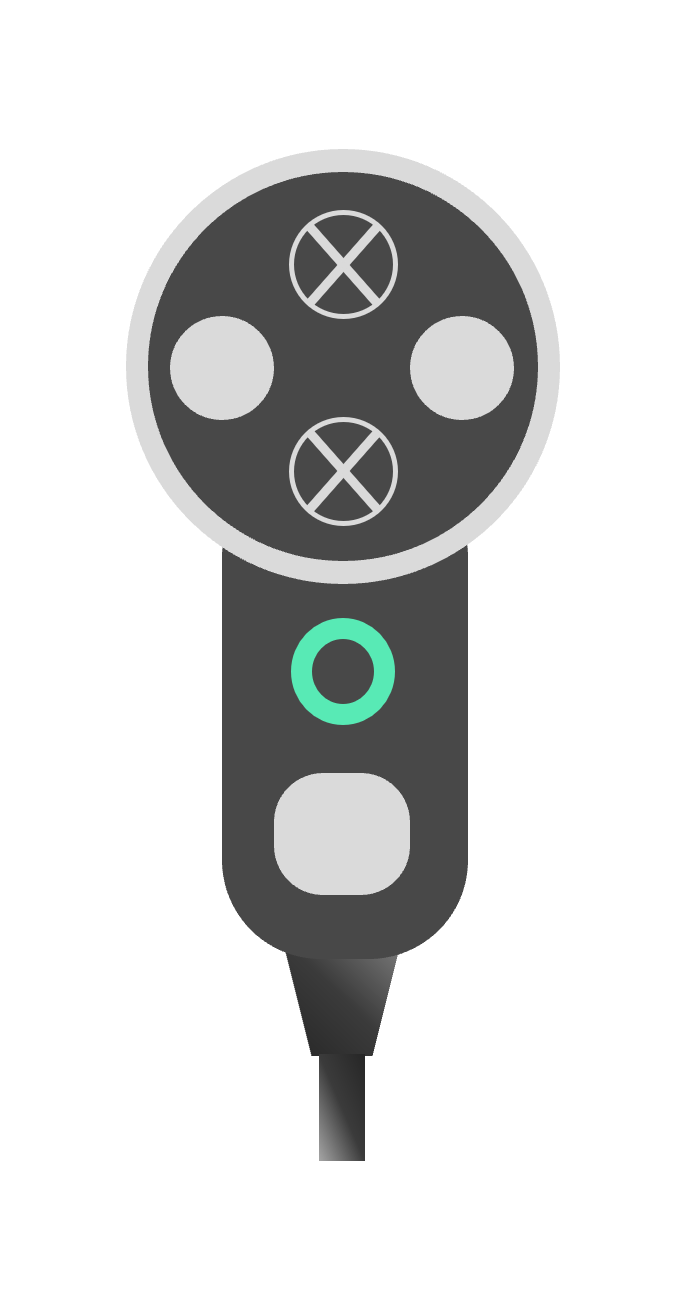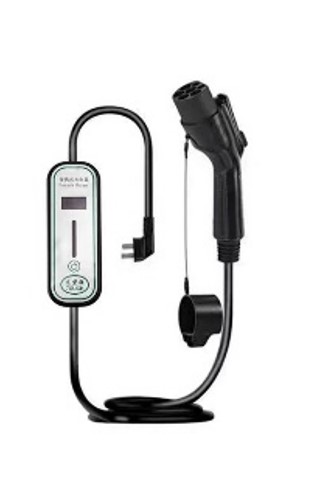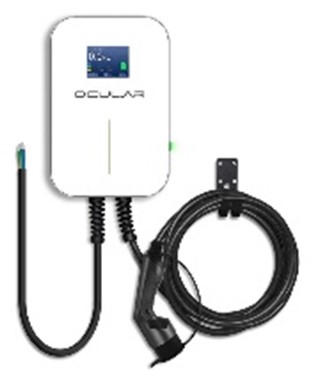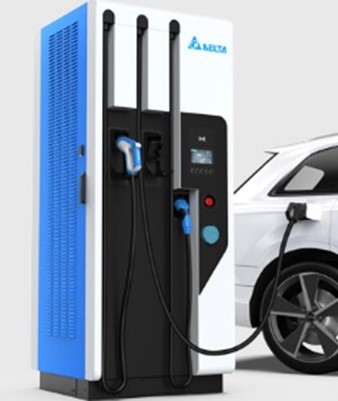
Make the most of your novated lease
We’re thrilled to have you onboard for your Electric Vehicle (EV) journey.
Whether you’re new to the world of EVs or a seasoned EV driver, we’re here to ensure you make the most of your novated lease.
Dive into our comprehensive guide to get started and discover how to maximise the benefits of your EV.
Let’s hit the road to a greener, more efficient future together!
Registering your car
Your novated lease is registered in your name. It is your responsibility to ensure your car remains registered.
Prior to your registration renewal date, we’ll send you a reminder with information regarding your two simple payment options:
- Have SG Fleet pay your rego on your behalf.
- Renew your registration directly with your Road Traffic Authority and seek reimbursement. Refer to the 'Claims' tab for how to make a reimbursement claim.
As you’re already registered for the year ahead, just relax and when it’s time to re-register we’ll reach out with the details.
When your renewal arrives from the Road Traffic Authority, please ensure all details are correct. If not, please reach out to the authority directly.
Insurance
Your vehicle must always have a valid Comprehensive Motor Vehicle Insurance policy. Seeing as we’ve just set you up, sit back enjoy your novated lease and we’ll reach out when your insurance is up for renewal.
If your insurance is arranged with SG Fleet
SG Fleet insurance is automatically renewed annually and paid for through your novated lease account each month. You will receive full renewal information annually so you can make an informed decision whether to continue your policy.
Please refer to your Product Disclosure Statement for further information about your policy terms and conditions.
If you organised your comprehensive insurance
It is your responsibility to ensure your car stays comprehensively insured. When your renewal falls due – please pay for the insurance through your chosen provider and then seek reimbursement via your Fleetintelligence portal. Refer to the 'Claims' tab for how to make a reimbursement claim.
All Comprehensive Motor Vehicle Insurance arranged through SG Fleet is issued by Marsh Advantage Insurance Pty Ltd (ABN 31 081 358 303 AFSL 238369) (‘Marsh’) on behalf of the Insurer (as identified in the PDS) and distributed by SG Fleet in its capacity as an Authorised Representative of Marsh. This document contains general information only, does not take into account your individual objectives, financial situation or needs and may not suit your personal circumstances. Any advice is general in nature only. For full details of the terms, conditions and limitations of the covers and before making any decision about whether to acquire a product, refer to the specific policy wordings and/or Product Disclosure Statements available from SG Fleet on request.
Roadside assistance
When you get stuck on the side of the road, SG Fleet’s Roadside Assistance provides you with a lifeline.
If you have SG Fleet Roadside Assistance
If you decided to take out our Roadside Assistance, this is paid from your novated lease account.
Our service will help drivers from a simple jump start to minor mechanical repairs, 24 hours a day, 365 days a year.
If you need to access the service, simply call 1300 138 235 and follow the prompts.
If you have organised your own roadside assistance
If you have arranged roadside assistance with another provider, please contact them directly for further information on your policy or in the event of a vehicle breakdown.
Servicing your car
At SG Fleet, we provide simplicity and peace of mind when it comes to scheduled maintenance and repairs for your vehicle.
We have a vast national network of suppliers including dealerships, mechanical repair centres, major tyre outlets, specialist repairers, automotive glass replacement, and roadside assistance services.
When utilising the SG Fleet network, simply:
- Find your nearest service agent
- Drop your car at the service agent
- The service agent will call SG Fleet for approval. Get peace of mind knowing that our repair assist team will monitor all work done on your car to ensure you’re not getting over serviced or overcharged
- Receive fleet savings on parts and labour
- Pick up your car
Claim for out of pocket expenses
There may be times where you need to pay for some of your novated lease expenses yourself and seek reimbursement from SG Fleet.
These may include paying for:
- Servicing or repairs with a supplier who is not part of the SG Fleet repair network
- Your registration renewals, where SG Fleet is not paying on your behalf
- Your insurance, if it has not been procured by SG Fleet
- Charging your electric vehicle at public charging stations

Submitting a reimbursement
If you have enough funds available in your novated lease account, you may be able to process a claim for reimbursement from SG Fleet. To submit a reimbursement request for your out of pocket expense, simply follow these easy steps:
Please ensure your bank details are correct, before submitting your claim. You will also need a photo of the corresponding tax receipt to upload as a supporting document.
Home charging claims
Because you have leased an electric vehicle (EV) with SG Fleet, we are providing you with some information about how electricity costs for charging at home may be calculated for fringe benefits tax (FBT).
How & what is claimable?
We know that commercial charging costs are claimable where they can be identified clearly and for a charging session where a tax invoice/receipt is provided.
But with charging at home this is not able to be done easily, therefore there are different options available to you dependent on reporting and record keeping requirements.
Methodology choice and timing
You will need to make the choice of the method that you wish to use. Please note you will not be able to change your choice mid-way through the reporting period (FBT year).
- 100% charging at home
- 0% charging at home
- Mixed % charging – home and commercial
Additional requirements/record keeping
- The vehicle must provide a report on charging which discloses actual number of kilometres (% of) that were due to home charging (only required if claiming mixed charging)
- Opening and closing odometer readings are required (declaration)
- Copy of valid electricity bill
- Commercial charging must be via either RFID card (e.g., Chargefox) or via reimbursement with valid tax invoice/receipt.
Accidents
It is important you have a clear understanding of what to do in the event of an accident. Not only will this help you to make informed decisions at the scene of the accident, it will also ensure you cover your legal obligations.
Whether you have SG Fleet Insurance or you organised your own comprehensive insurance, here are some tips and procedures you should follow to ensure you are adequately covered for insurance claim purposes:
- You must stop if involved in an accident. Your policy may be affected if you fail to stop. If any person is injured, property (other than vehicles) or livestock is damaged, you must report the accident to the police.
- Notify the emergency services. Call 000 (or the emergency services number in your local area) if any person is injured, property is damaged or if there is a hazard to traffic. You must report the accident to the police if the owner of any of the vehicles or property is not present.
- Record all the details. Make a note of relevant details including location of accident, time, any property damage, weather conditions, etc.
- Record all registration numbers of all vehicles involved.
- Ask for all driver, passenger and witness names, addresses and contact phone numbers.
- Request driver’s licence numbers from all drivers.
- You must also provide your details to the other people involved in the accident.
- Do not admit liability. Do not admit fault to anyone. Only discuss the accident with the police or other emergency service personnel, as you may not be aware of all the circumstances of the accident.
If your insurance is arranged with SG Fleet, please call us on 1300 138 235 and follow the prompts as soon as possible.
Other information
Tyres
Generally, no spare tyres are provided. Your vehicle may come with a tyre emergency kit, and you should follow manufacturer guidelines from the manual. If you require assistance regarding service and maintenance providers, please refer to the relevant tabs.
Re-costing – public charging expenses
Should your public charging usage change and you begin to claim for more or less than your original budget allocation, please reach out to SG Fleet and we can organise a re-costing to your budget accordingly.
Budgeting
In some instances, your novated lease account may become overspent (e.g. your actual running cost expenses exceed your monthly budgeted amount). If this continues to occur, we will contact you to arrange a re-costing of your novated lease budget.
This ensures that your novated lease budget is on track so we can process your reimbursement requests, as well as ensuring that you won’t be left out of pocket at the end of your lease.

Activating your account
You can activate your online account 48 hours after notification of the activation of your new novated lease.
Fleetintelligence allows you to access important details about your novated lease, submit reimbursements for out-of-pocket expenses and more.
Charging your car
Type 1 (J1772) Electric Car PlugDescription: This is the standard plug type for electric vehicle charging stations across Australia primarily from the USA, Japanese brands, and some European cars. A charger with a Type 1 plug can connect directly to most electric vehicles with many vehicle manufacturers adopting this connector. It can be used for single-phase charging up to 240V. Vehicles: Holden Volt, Nissan Leaf, Mitsubishi Outlander PHEV, BMW i3, BMW i8 and Porsche. |  | |
CCS Type 2 Connectors (Mennekes) Tesla EV PlugDescription: The Type 2 connector is used for charging electric cars produced across Europe and by Tesla Motors in Australia. The 7 pin connector is extensively used in Europe and is mandated by the EU, charging electric vehicles up to 70 kilowatts. The connection of the charging station is often as a 1/3 phase AC current or DC current which is used by Tesla Superchargers. Please Note: That Tesla chargers only charge Tesla Vehicles Vehicles: Tesla (Australian models), European models 2018+, VW, Renault, Jaguar, Kia, Range Rover, Hyundai Iconiq 2018 and BMW 2018. |  |  |
SAE Combo Electric CarDescription: The Society of Automotive Engineers & Phoenix Contact has developed a combo coupler version of the standard Type 2 and CHADEMO plugs which has a combination of AC & DC charging up to 90 kW. Vehicles: Many new European EV cars are now fitted with the SAE combo socket to be able to charge from SAE Combo fast-charging station. |  |  |
CHAdeMO EV Charging PlugDescription: The CHAdeMO Association of Japan developed a quick charger plug to help improve EV charging times. Specific attention in the design was made to reduce risks associated with DC current and shock protection. Level 3 Charging stations can deliver 62.5 kWh of direct current which is close to 3x faster than conventional AC charging. Vehicles: Several Japanese & US automakers such as Toyota, Mitsubishi, GM/Holden & Nissan |  |
- Our electricity grid runs off Alternating Current (AC). However, batteries store power as Direct Current (DC). Your EV has a rectifier that converts AC to DC current called the ‘on-board charger’.
- AC charging is the most common charging method. Your EV charges through the on-board charger converting AC to DC current, feeding the car’s battery. The speed of AC charging relies on the size of your on-board charger.
- DC charging skips the vehicle's on-board charger, delivering direct current (DC) power to the battery, allowing a much faster EV charge rate. The AC to DC rectifier is in the charger itself.
- The speed of DC charging relies on your vehicle’s capabilities and the rating of the DC charger. Most EVs that are capable of DC charging can now charge at up to 70kW. Some can go up to 100, 150 and 250kW.
Level 1 / Mode 2
|  |
Level 2 / Mode 3
|  |
If you haven’t already purchased a charging solution for your home set up, SG Fleet can assist. Enquire now >
Did your lease start before 1 April 2023?
We will need you to provide an estimated odometer reading for your vehicle at 1 April 2023 when you submit your declaration.
Note: if your lease started after 1 April 2023, we already have a start odo reading for you.
If you have any questions or need more information, please email novatedservice@sgfleet.com
 | Level 2 / Mode 3
|
 | Level 3 / Mode 4:
|
Claiming public charging via your novated lease
- battery capacity
- ambient temperature
- utility/grid constraints limiting the current available to the charging station
- temperature of the charging station
- charging type
- the vehicle’s battery management system (BMS)
- the capability of the on-board charger
- the amperage of the charging station

